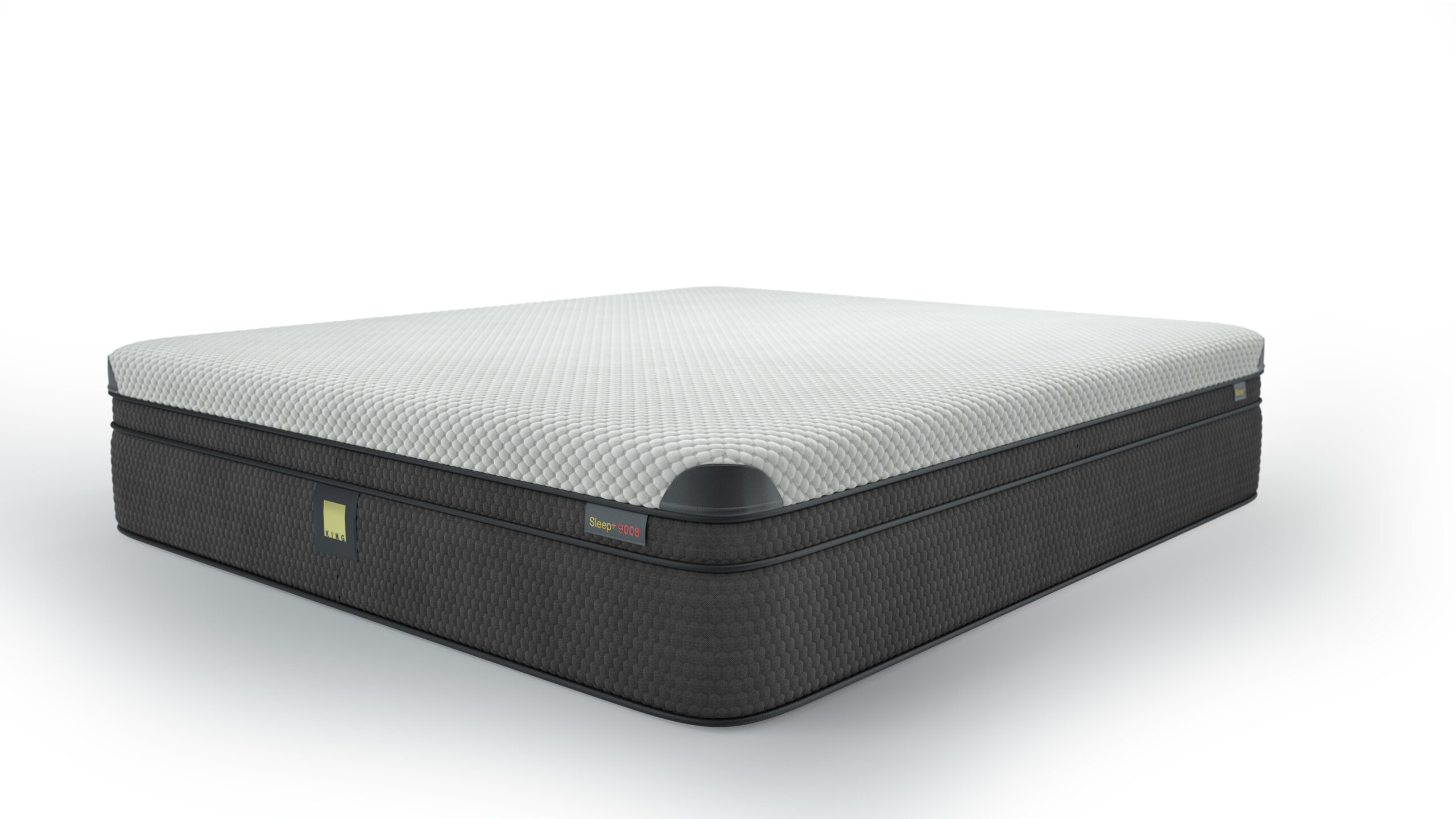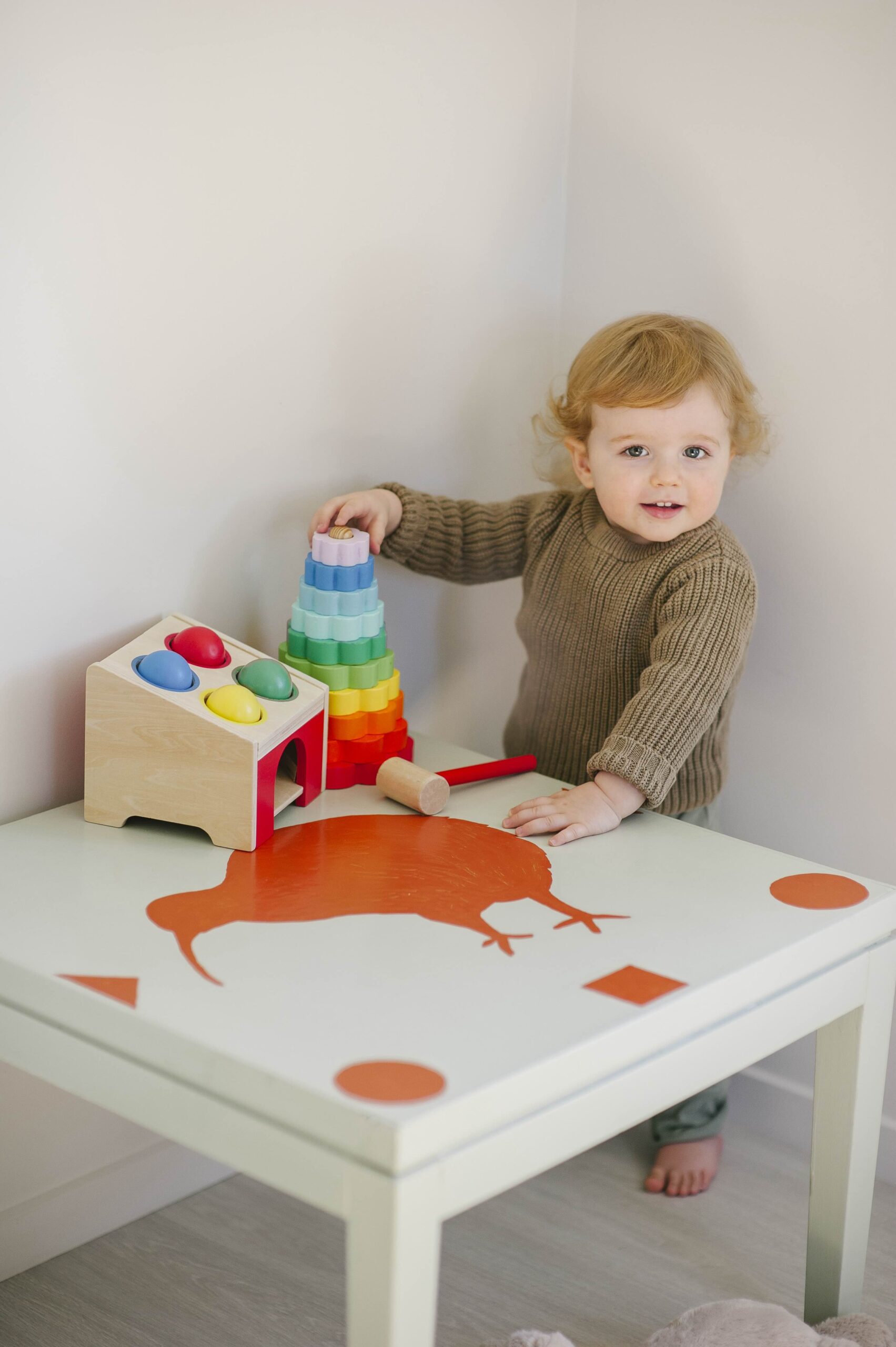A warm home is a welcoming home, and there are lots of things you can do to take the chill out of the air at your place.
New Zealand houses are notoriously cold and draughty. We tend to forget this during the summer months only to be reminded again as the weather turns. Fortunately there are loads of ways we can make our homes warmer and more welcoming.
1 Take a good look
What are you are dealing with? Most Kiwi houses built before 1978 are unlikely to have insulation in the walls or roof, unless they have been retrofitted at a later date. Timber frame houses built in the leaky home era (1994 to 2004) can have serious issues with water-tightness, dampness and mould. Even new houses and apartments – if poorly designed or not well orientated – can be sunless or lack smart features such as passive heating or ventilation. Some houses pose multiple structural challenges – others just need tweaking. Inspect your house (even if you’re renting) to identify problem areas and where improvements can be made.
2 Add an underfloor layer
Floors account for as much as 10 per cent of heat loss if they’re not insulated. If you can access underneath your house there are numerous insulation options, including polyester insulation blankets or sections that are wedged or secured in place between joists.
3 Add an upper layer
If your house was built or insulated before 2000, it is likely to have little or no ceiling insulation. Warm air rises, so in many cases ceiling insulation is the most effective way to make a difference. The good news for renters is that changes to the Residential Tenancy act mean that by 1 July 2019 all rental properties must, where reasonably practicable, have ceiling and underfloor insulation to a set standard.
Ceiling insulation typically comes in a bulk form which fits between or rolls over ceiling joists, or loose-fill which is blown in. Check out the best product and finance deal to suit your situation.
4 Avoid dampness
Damp houses are cold and difficult to heat, so air out your home where possible. Install or service any extraction fans in your kitchen, bathroom or laundry to efficiently remove excess moisture. Avoid drying your clothes indoors and keep your bathroom dry by installing a Showerdome cover over your shower cubicle to stop steam and warm moist air getting out and cold air getting in.
5 Start with the floor
Winter is the time to enjoy cosy nights in – but nothing ruins the mood more than icy blasts scooting across the floor. You can plug any small cracks between floorboards, along architraves and the bottoms of poorly fitting skirting boards by filling them with a flexible but paintable sealant. Stop under-door draughts using fabric stoppers made by covering pool noodles or stuffed with rice or firm pillow filling. Head online for inspiration on styles and designs – including double-sided draught stoppers that move with the door. Another simple DIY solution is to attach rubber or fringed weather strips to the bottom of any exterior doors.
6 Do a draught audit
Draught proofing is an effective way to save energy and make your home warmer. It’s as simple as locating and plugging the places letting cold air in and warm air out. Think gaps, glass and doors – then look for other unexpected places draughts are getting in, such as keyholes, letter slots or cat doors. Check for loose wall-mounted electrical outlets and poorly fitting ceiling access hatches and vents. Open downlights can let in draughts, so replace them with sealed canister downlights or with ceiling-mounted fittings.
7 Fill holes
Wooden floors sometimes have small round holes in the corners previously used for pipes or cabling. Cut a bung of matching wood with a hole saw, making the bung a fraction bigger than the hole you’re filling, so it will jam in tight. (Alternatively use a small length of dowel.) Sand the edges of the bung, apply some wood glue, line up the grain and tap the bung into place using a hammer. Fill the central pilot hole (from the saw) with wood filler and sand smooth.
8 Seal any unused fireplaces
Open fires are great for hygge but when unused, they let cold air in and warm air out. A good solution for a draughty, inefficient fireplace is to remove it all together or to fill the cavity with a clean-burning woodburner, pellet burner or some other efficient heater. Alternatively, you can seal the chimney using a professionally fitted cap, or block the chimney cavity from the bottom using an inflatable chimney balloon (find them online). For an even more cost-effective solution, stop up the chimney using large plastic shopping bags stuffed with more scrunched up bags. Be sure to remove the balloon or bags before lighting a fire!
9 Deal with draughty doors and windows
Draughts can also get in around badly fitting windows and doors. Check that hinges are secure and that the window or door is hanging correctly in its frame. Eliminate draughts from the tops and sides of window and door frames with self-adhesive foam strips. Foam strips don’t work well for the gaps in sash windows, but you can close the gap between sliding sash window frames using a self-adhesive brush strip along the inside edge of the top window to create a snug seal and stop the panes rattling in the wind. Or try mini fabric draught-stoppers.
10 Damp-proof the ground
If you have damp earth under your house, sheets of heavy plastic laid over the ground will help block dampness or odour coming up through the floor.
11 Drape away the cold
Christchurch-based charity Community Energy Action runs a curtain bank because having decent curtains is a simple and most effective way to improve the warmth of a house. You can boost the thermal benefits of your curtains by hanging long ones that drape to the floor. Curtains that fall to the floor prevent cold air dropping down from the window and into the room. Pelmets above your curtains also help stop heat leaking out the window. Or adjust your curtain rails to minimise the gape between the curtains and the wall. Buy or sew new curtains and hook your old set of curtains to the back. Or sew an extra layer of thermal fabric onto the front or into the back of your existing curtains.
12 Layer up
This is the really fun bit! Layer up your home for the season with fluffy sofa throws and textured, cuddly cushions. Install wall-to-wall woollen carpet for the most warmth, or invest in large carpet mats. One option is to buy a carpet offcut and have it professionally edged. Don’t stop there – you can add smaller, textured rugs or furs on top for that extra indulgence and cosy comfort.
13 Trap the heat before the sun goes down
Make the most of the natural and free warmth of the sunlight and draw the curtains before sundown. According to a test house operated by the UK University of Salford, drawing the blinds at dusk can reduce heat loss by 13-14 per cent, and drawing the curtains at dusk, by 15-17 per cent.
14 Add window blankets
Another way to stop heat loss from those extra cold south-facing windows is with removable window blankets. These are made using a woollen blanket and two thin strips of wood slightly shorter than the width of the window frame. Sandwich one edge of the blanket between the strips of wood and use the extra fabric to wedge the wooden batten into the top of the window frame for an insulating cover over the entire window.
15 Double down
Retrofitting with double-glazed windows is pricey but reduces heat loss, draughts, noise and UV damage. It’s also worth checking out secondary glazing options, such as New Zealand-made removable acrylic sheets. For a cost-effective fix, try a temporary double-glazing kit from a hardware store. According to an EECA Energywise report, DIY window-film kits can halve the potential heat loss through windows.







